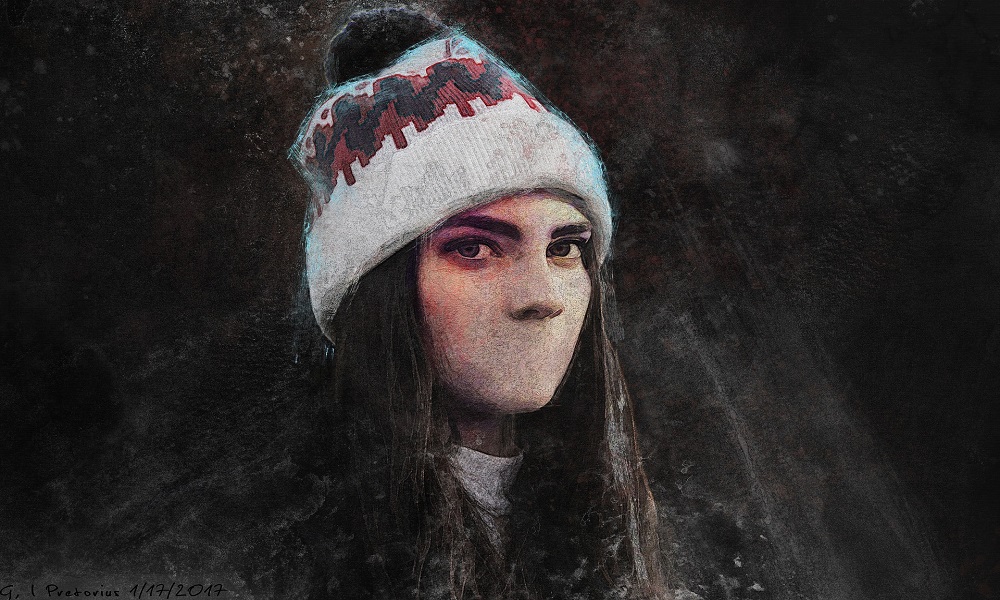
Public speaking was not really my thing when I first started college– so you can imagine the level of anxiety I felt when I was told it was a core class that I absolutely had to take. Surprisingly, my first speech went amazingly as did my second and third. I was kind of on this wow I’m doing so great high. However, the topic I picked for my final speech– racial inequality—wasn’t met with the same praise from my professor.
I did the research, wrote my speech, made the visual aids and everything. I just wanted to make a difference in at least one person’s way of thinking. I met with my professor to show her all the work I had finished so far. This meeting was part of my final grade so I made sure that everything was perfect.
To sum that meeting up in a few words, I was basically told that my speech was too “race focused.” Yep…my speech about racial inequality was too focused on race. My professor felt that my topic might isolate some classmates and make them feel attacked.
[Read Related: Torn Between Two Cultures: How I Found My Voice in Guatemala]
I remember telling her that it’s a speech about what marginalized people have to deal with and it’s not an attack on anyone. It was something to help others understand what it’s like if you are a minority living in this country and how in certain situations, you’re treated differently. I used a statistic about how people of color are more likely to get a ticket after being stopped on the road and she responded that she got tickets too. Long story short, I had to censor my final to make my classmates comfortable.
At the time, I was bothered by it, but I tried being a good sport and just threw together a speech I wasn’t proud of to just get it over with. Reflecting on this experience now, I wish I had stood up for my work and talked about how discussing race should not make people uncomfortable, and if it does then we all need to change the way we perceive race.
Minorities are often told to censor their hardships because it might make someone else feel weird. I really wish I had told my professor how weird I thought it was to prioritize other students’ comfort over all the work I did to have a clear and factual presentation. It’s almost funny to think that college is the place where people typically grow and expand their way of thinking, yet there I was, forced to confine my work back into something everyone was used to hearing.
Perhaps I should give my professor the benefit of the doubt. Maybe she just wanted to keep the class calm, but why? If my topic had offended someone, then they would be the problem. The problem wouldn’t be the material I was presenting or the fact that I chose to present that material. It never occurred to me that it might make someone feel uncomfortable to hear a conversation about racial inequality. In today’s society, you can see a pattern of censoring and quieting those who decide to voice these issues. However, we can’t grow without change. We can’t promote change without challenging conventional thoughts and processes. All of this can’t happen if we have our voices censored.





